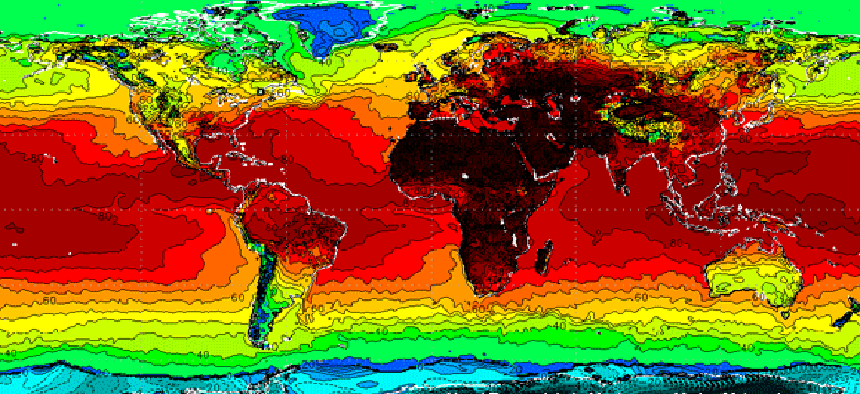NOAA to triple weather forecasting capacity


Connecting state and local government leaders
When the two new Cray systems come online, the combined high-performance computing resources will be triple the capacity and double the storage and interconnect speed of current systems.
The National Oceanic and Atmospheric Administration is tripling its weather forecasting capabilities with two new supercomputers.
Two Cray systems, each with a 12 petaflop capacity, will be operational and ready for the National Weather Service by 2022 after a period of code migration and testing.
The primary machine, located in Manassas, Va., and a backup system being installed in Phoenix will replace existing Cray and Dell systems in Reston, Va., and Orlando, Fla.
When the new systems come online, NOAA’s combined high-performance computing resources will deliver 40 petaflops -- triple the capacity and double the storage and interconnect speed of current systems, NOAA officials said. This upgrade will allow improved weather forecasting models that tap larger ensembles, advanced physics and improved data assimilation.
The twin systems take turns acting as the primary system. NOAA can run a full production on either of the systems, with the backup machine doing development work, David Michaud, director, Office of Central Processing for the National Weather Service, told HPCwire. He said NOAA can switch the primary and the backup sites within 15 minutes, and does so regularly to ensure redundancy.
The new computers will support research and development advances made under NOAA’s emerging Earth Prediction Innovation Center (EPIC), a partnership of government, industry and academia to advance U.S. weather and climate modeling – which lags its European counterpart in prediction skills -- by lowering barriers to collaboration through the use of cloud computing and a community modeling approach.
“Through EPIC, we have an opportunity to regain our footing as a world leader in global weather prediction,” acting NOAA Administrator Neil Jacobs said. “NOAA is excited for the incredible opportunity ahead to partner with university and industry scientists and engineers to advance U.S. numerical weather prediction, and this supercomputer upgrade lays the foundation for that to happen.”
NEXT STORY: Securing FedRAMP’s future




